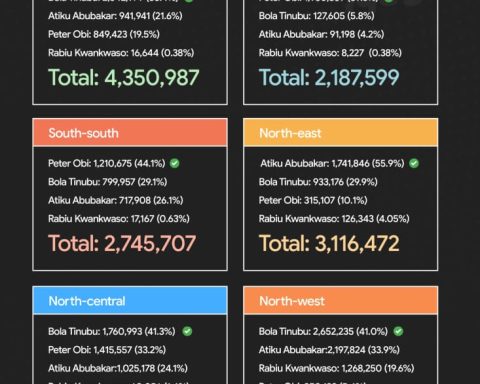We live in a digital era where everything is online. You will find everything online, from your profile to shopping places and banking to infotainment. The internet makes searching and digging For details about almost anything possible. While there are many advantages to having all these things online, there are also a few downsides.
The biggest downside is the identity of individuals and the reputation of various online entities are at stake because of online exposure.
Scammers involved in phishing can use the identities of online entities such as users and renowned commercial organisations to deprive people of their money. Many entities have endured monetary losses of billions of dollars in recent years because of such scams.
Reputational losses are in addition to these monetary losses. Bad people involved in large and small scams always search for easy prey, likely badly secured identities and websites.
Once such material is found, they hack it or replicate it so that the copy of the identity or website looks exactly similar to the original. This scamming or phishing activity can affect your online identity and reputation seriously. The reverse image search method can help you protect your online activity and reputation effectively.
We have put together some details to help you understand the working of reverse image search and its use in this regard.
Read on to learn more.
What Scammers Do with Poorly Secured Online Identities and Websites?

Scammers often replicate the identity of common users and renowned personalities to scam others and deprive them of their money. They copy images from the original profile created on social media and other interactive platforms. Additionally, they scrap all the personal data of the targeted person to build a duplicate profile with the same data and images.
On the other hand, all the content is scrapped from websites, and a new one with a similar interface and layout is created. The scrapped content, including images and text, is pasted to ditch common users. Moreover, similar-looking social media handles are made to deceive people and entice them to visit duplicate websites.
Scammers trap others and urge them to make monetary transactions using duplicate identities, websites, and social media handles with similar content.
People who become victims of their trap often blame the original individual or entity for the scam, and the blamed entities must pay for the compensation.
Why Do You Need Reverse Image Search to Protect your Online Identity and Reputation?
As mentioned earlier, the reverse image search method can be highly effective in helping you protect your online identity and reputation. It allows you to find visually similar search results to the photo search query uploaded for search activity. If scammers use pictures from your profile or website to scam other people, you can see those images in reverse image results.
Although various search engines offer users the facility to search images online, you may not find the required results from a single platform. However, you can use a reverse photo search facility to get results from all the renowned platforms in one go.
Doing so will help ensure you haven’t missed anything worth noticing. Furthermore, if you find any duplicate results, you will be able to contact relevant authorities and get such content removed from the web.
How Reverse Image Search Works?
Finally, it is time to understand how the reverse image search works so that you can understand its ability to protect your online identity and reputation. This online search method is based on CBIR (Content-based Image Retrieval), powered by advanced technologies like AI, Computer Vision, and Machine Learning.
Here we will discuss its ability to find visually similar pictures online. Finding images online through reverse image search can be divided into four phases.
These phases are discussed briefly below:
Scanning
The first phase is scanning; during this process, the image uploaded as a search query is scanned using computer vision. During this process, the unclear areas of images are cleared with the help of AI to ensure accurate results.
Segmentation
Segmentation is the process where the picture is divided into various segments. During this phase, content and objects featured in an image are seen through pixel dimensions.
Identification
During this process, the objects or content in various segments of an image are identified and matched using AI and Machine Learning algorithms.
Search
This is the final phase of the reverse image search method. During this phase, the data acquired from the previous phases is used to form a search query, and then the online search is performed to deliver accurate image reverse search results.
Conclusion
Protecting online identity and reputation has become a concern for individuals and business entities. While there are multiple methods to protect these factors, reverse image search can be an effective one.
We have discussed the method bad elements use to affect a particular entity’s online identity and reputation. Additionally, we have discussed using reverse image search to limit this bad practice.
Finally, we have also discussed the background work of the reverse photo search method to help you understand its effectiveness. Hopefully, you will find it useful!












